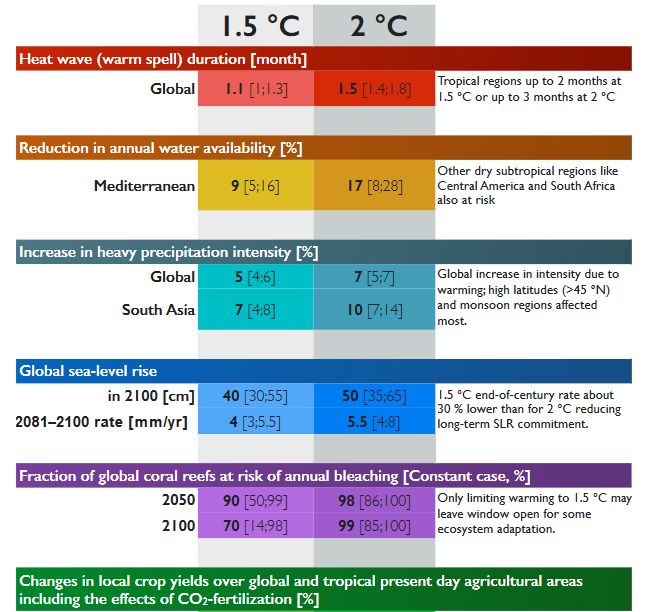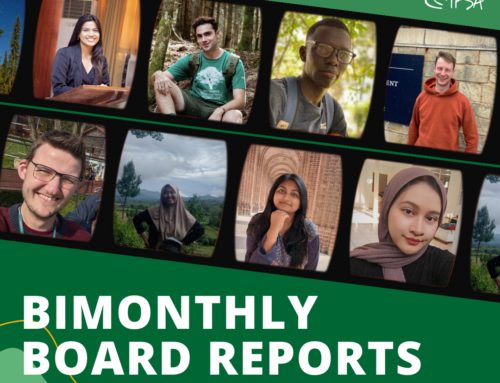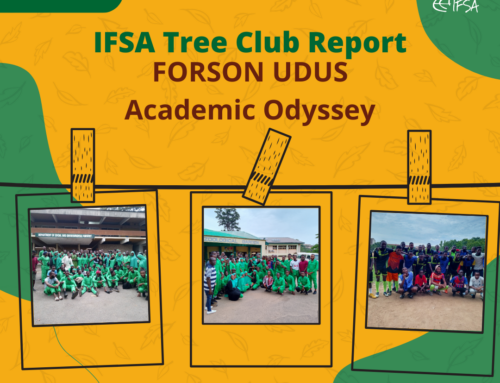Coal is an area of reduction where substitution by renewables is possible right now. Investors and policy makers must find alternatives to achieve a quicker phase out of coal energy. The earlier we can abandon coal as an energy source the lower the need for expensive and not entirely researched negative emissions will be. BECCS-technology (Bio-energy with carbon capture and storage) which could be used as a carbon pump and tool for negative emissions is controversy discussed. Biomass isn’t so energy efficient and the production is in competition with other land-use as food production or forests. Forests are another option for negative emissions but land for afforestation is limited.
In addition to addressing CO2 emissions we also need to cut non-CO2 emissions. Especially nitrous oxide and methane from agriculture and land-use. In this section, we still need to explore opportunities. But a change in consumption patterns towards less meat consumption would be a huge step.
But what is the benefit of 0.5°C less warming, how can we justify the 1.5-degree-goal? The benefits of reaching only 1.5° warming are way bigger than you might expect. Public health and agriculture will suffer an enormous impact. The annually water availability in Central America will be reduced by 20% if we reach the 1.5-degree-goal compared to 30% if the warming is about 2 degrees. The effects on wheat yields in West Africa are even more severe here it is a reduction of 45% compared to 60%.
Here is an overview about other impacts:
(https://www.isimip.org/news/comparing-impacts-15c-2c-warming/)
 Paula Caballero emphasized “2050 Is now and the time for action is now”. We can’t lose climate change action because of today’s business. We need to translate science to policy makers to embed long-term strategies in the political mindset of today. We have to take the right decisions now to ensure that the cost of climate change will be lower in the long-term. This is what the private sector and policy makers must understand. The reduction of GHG is also in a short-term interest of reaching the demanded NDCs and to bridge the emission gap. To foster innovation the private sector has to understand that early action pays of in the long-term and for bridging the short-term we should find ways to manage the tradeoffs.
The scientifically background with the link to the political sector created momentum and showed that 1.5°C still is possible if we are willing to work together and join. In the discussion which followed the presentations attending policy makers agreed that we need to improve the bridging between knowledge and action. So, in the end we will might need “hope+” to achieve the goals but up to now they are not out of reach. For further information about action plans, and background information please refer to the links below:
10 Steps to limit warming to 1.5°C by Climate Analytics
http://climateactiontracker.org/assets/publications/publications/CAT_10_Steps_for_1o5.pdf
Development and justice trough transformation: The Four Big `I´s by WBGU
http://www.wbgu.de/en/
]]>
Paula Caballero emphasized “2050 Is now and the time for action is now”. We can’t lose climate change action because of today’s business. We need to translate science to policy makers to embed long-term strategies in the political mindset of today. We have to take the right decisions now to ensure that the cost of climate change will be lower in the long-term. This is what the private sector and policy makers must understand. The reduction of GHG is also in a short-term interest of reaching the demanded NDCs and to bridge the emission gap. To foster innovation the private sector has to understand that early action pays of in the long-term and for bridging the short-term we should find ways to manage the tradeoffs.
The scientifically background with the link to the political sector created momentum and showed that 1.5°C still is possible if we are willing to work together and join. In the discussion which followed the presentations attending policy makers agreed that we need to improve the bridging between knowledge and action. So, in the end we will might need “hope+” to achieve the goals but up to now they are not out of reach. For further information about action plans, and background information please refer to the links below:
10 Steps to limit warming to 1.5°C by Climate Analytics
http://climateactiontracker.org/assets/publications/publications/CAT_10_Steps_for_1o5.pdf
Development and justice trough transformation: The Four Big `I´s by WBGU
http://www.wbgu.de/en/
]]>




